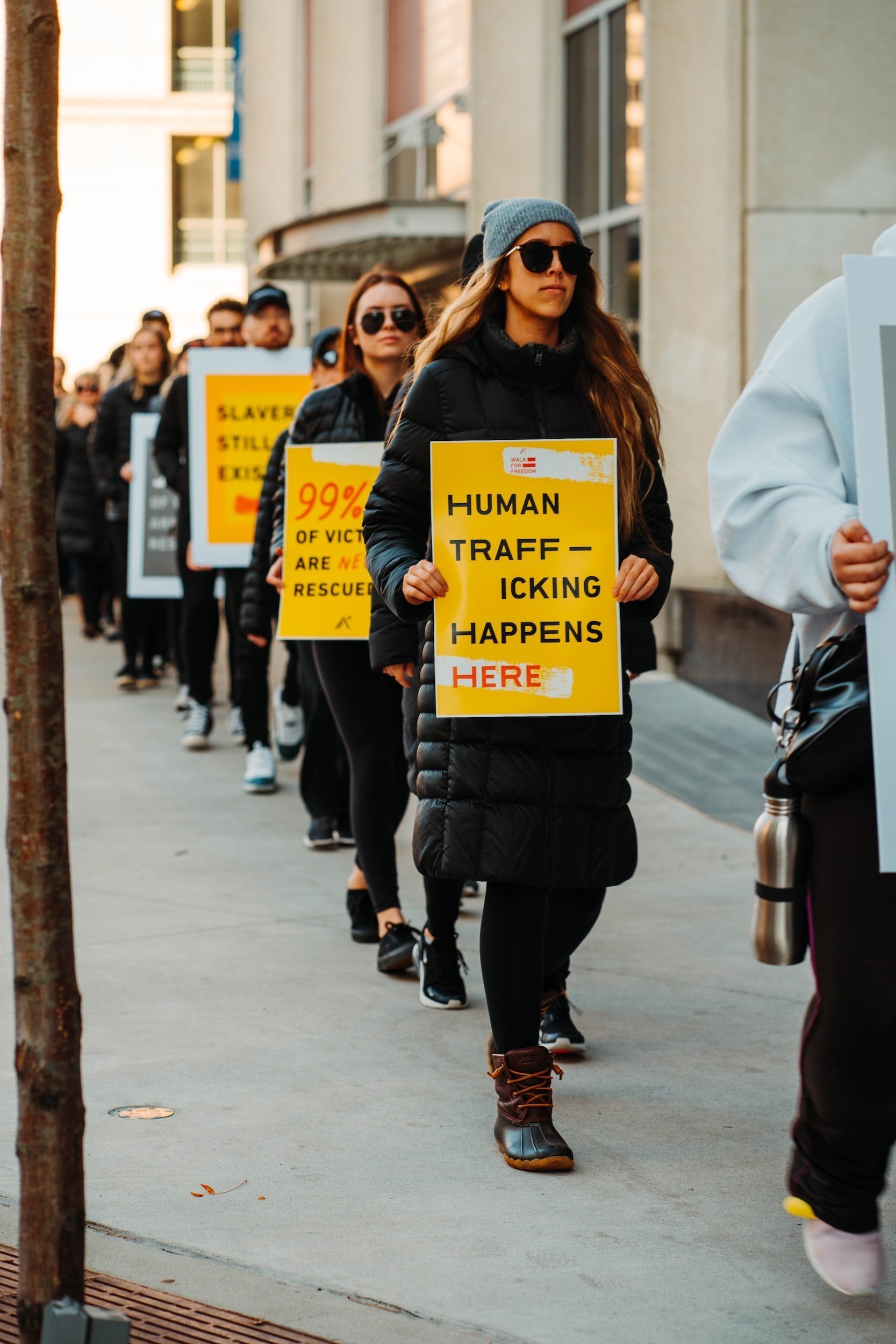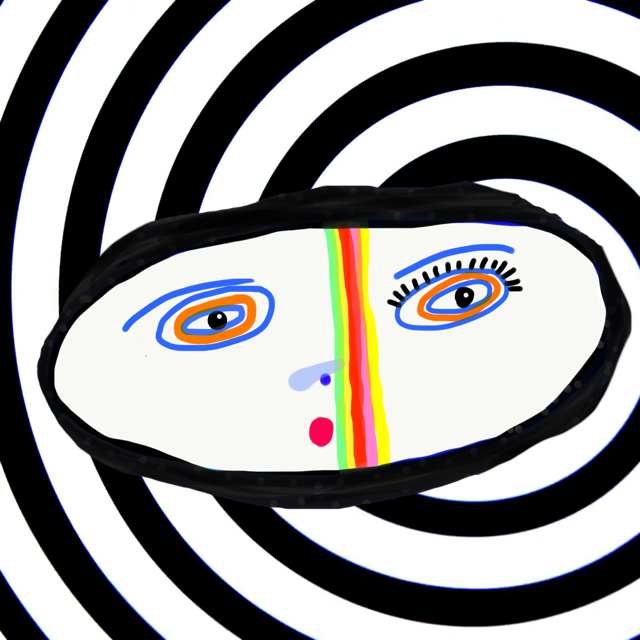
Human Trafficking
On this page:
What is human trafficking
Victims of human trafficking
Who doers the trafficking
Types of Trafficking
Sources of Support (under construction)
Coming soon
What is human trafficking?
Human trafficking, also known as trafficking in persons, is a crime that involves compelling or coercing a person to provide labour or services, or to engage in commercial sex acts. The coercion can be subtle or overt, physical, or psychological. (Exploitation of a minor for commercial sex is human trafficking, regardless of whether any form of force, fraud, or coercion was used.) US Department of Justice
Human trafficking is essentially the exploitation and abuse of human beings for profit.
There are at least four areas of trafficking identified by the UN, each deserving individual attention:
· exploitation of the prostitution of others and other forms of sexual exploitation;
· forced labour or services;
· slavery, servitude, or practices similar to slavery and servitude;
· the removal of organs.
In the UK, to be considered human trafficking, according to the UK government there must have been:
action (recruitment, transportation, transfer, harbouring or receipt, which can include either domestic or cross-border movement)
means (threat or use of force, coercion, abduction, fraud, deception, abuse of power or vulnerability - this applies only to adults - children are not able to give informed consent)
purpose of exploitation (eg sexual exploitation, forced labour or domestic servitude, slavery, removal of organs)
Whilst trafficking often happens internationally, don’t be fooled into complacency: it can happen within State/country borders.
Some people may not be victims of human trafficking but still be victims of modern slavery if they have been subject to slavery, servitude or forced/compulsory labour.
Note that human trafficking is not the same as human smuggling.
Victims of Human Trafficking
Victims of human trafficking can be anyone. Traffickers prey upon people’s vulnerabilities.
As a consequence, certain groups are particularly - but not exclusively - vulnerable to trafficking (and other forms of grooming):
· People living in poverty or poor conditions, including war torn areas;
· The socially excluded;
· People who’ve been through the juvenile justice system;
· Runaways and homeless people, and people in social care;
· People with no legal immigration status;
· Workers in the ‘informal economy’ and the long term ‘unemployed’;
· Lesbian, Gay, Bisexual, Transgender, Queer, and Intersex (LGBTQI+) individuals;
· Migrant workers;
· Disabled and statemented individuals;
· People with substance abuse (including alcohol) issues.
They can be coerced through fear, falsely offered opportunities for a better life (contracts, work or emigration), or sucked into false relationships.
Surprisingly, just over 10% of people being trafficked fell into the upper middle and high income groupings in 2021 - a figure believed to be rising according to Salvation Army statistics.
Anyone, including UK nationals - even UK nationals in the UK - can be a victims and rejecting offers of help does not mean that they are not to be considered victims.
Who does the trafficking?
Traffickers are anyone who recruits, transports, transfers, harbours or receives the victims of trafficking.
Whether they threaten or use force, coerce, abduct, commit fraud, deceive, take or receive payments, they are part of the problem.
According to the US Department of Justice:
“People often incorrectly assume that all traffickers are males; however, the United States has prosecuted cases against women traffickers. Traffickers can be pimps, gang members, diplomats, business owners, labour brokers, and farm, factory, and company owners.”
-

Sexual exploitation
Sexual exploitation and prostitution of others.
-

Forced Labour
About forced labour or services
-

Slavery and Servitude
About slavery and servitude
-

Organ removal
Forced organ removal
Sources of Support
Under construction
-
Victims of human trafficking in the UK may be entitled to criminal injuries compensation:
-
CAAGe: Sources of Legal Support
-
The Modern Slavery Helpline and Resource Centre is working towards a world without slavery by supporting, equipping and influencing. Tel: 08000 121 700
-
Right to Remain offers help and legal advice to those who have been trafficked, to help them reamina in the UK, safely and legally:
-
Right to Remain has produced a detailed toolkit helpful to victims of human trafficking who seek to remain in the UK:
-
-
For help for victims, including preparing for court or preparing to report to the police, try the Victim Support Website
Read on..
-

Grooming gangs
As an enquiry looked damned before it started, CAAGe takes a deeper look:
-

The Walk Free Global Slavery Index
Walk Free is an international human rights group focussed on the eradication of modern slavery.
They produce regular statistics and monitors: Global Slavey Index
-

EU backs law against forced labour
BBC article: “Environmental and human rights campaigners welcomed the move to improve firms' accountability, but voiced disappointment with the draft law.”
Read more: EU backs law against forced labour
-

Border Security, Asylum and Immigration Bill
The Border Security, Asylum and Immigration Bill 2025 is passing through UK government at present.
It may affect how easily, or otherwise, victims of human trafficking are able to find support.
Watch the bill’s progress here:
https://bills.parliament.uk/bills/3929
-
Understanding Human Trafficking
The colaition Against Trafficking in Women expands on what trafficking is, and identifies (as we have) the distinct forms of exploitation
- exploitation of the prostitution of others and other forms of sexual exploitation
- forced labour or services
- slavery, practices similar to slavery and servitude
the removal of organs
Laws around the World (English Speaking)
Uyghur Forced Labor Prevention Act
-
Also known as the UFPLA
-
Modern Slavery Act
-
The Modern Slavery Act 2018 came into force on 1 January 2019. Larger companies and other entities (in Australia) must report on how they are preventing and addressing modern slavery risks in their operations and supply chains.
-
Downloadable pdf from the Australian Law Council: Modern Slavery Act Fact Sheet, July 2020
Fighting Against Forced Labour and Child Labour in Supply Chains Act
-
This Act aims to implement Canada’s international commitment to the fight against forced labour and child labour by imposing reporting requirements on both government institutions and entities producing goods in Canada or elsewhere, or in importing goods produced outside Canada.
-
Government of Canada Justice Laws document: Fighting Against Forced Labour and Child Labour in Supply Chains Act
Prevention and Combating of Trafficking in Persons Act
-
The act aims to to prevent and combat trafficking in persons, especially women and children; to protect and assist the victims of trafficking.
-
Government´s outline of the law (downloadable pdf: Prevention and Combating of Trafficking in Persons Act
South African Human Rights Commission: Trafficking in Persons Information Sheet (downloadable pdf)
Modern Slavery Act 2015
-
The Modern Slavery Act makes provision about slavery, servitude and forced or compulsory labour and about human trafficking - including the protection of victims and provision for an Independent Anti-slavery Commissioner.
-
The following link is to the act as it was brought in, with additional links to amends: Modern Slavery Act 2015 (2015 CHAPTER 30)
Coming soon:
Avoiding beeing groomed into trafficking
More sources of support
Legal situation
Articles and research






